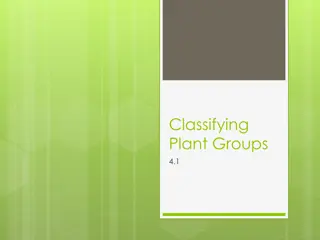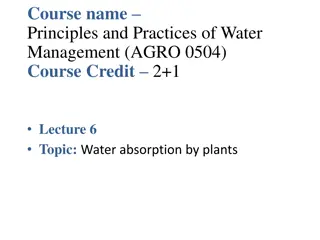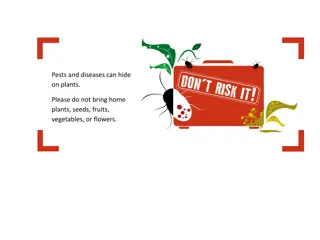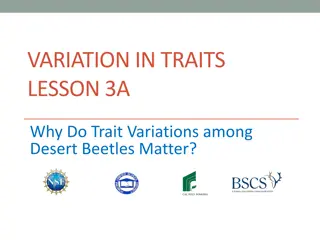VARIATIONS IN PLANTS AND
Dive into the effects of cottonwood-tree seed size on their dispersal by wind. Explore predictions, model investigations, and results to unveil insights into seed survival and growth in varying conditions. Engage with hands-on activities and analysis to understand the mechanisms behind plant variation. Discover the dynamics of natural selection through observations and discussions, highlighting the importance of adaptation in plant life cycles.
Download Presentation

Please find below an Image/Link to download the presentation.
The content on the website is provided AS IS for your information and personal use only. It may not be sold, licensed, or shared on other websites without obtaining consent from the author.If you encounter any issues during the download, it is possible that the publisher has removed the file from their server.
You are allowed to download the files provided on this website for personal or commercial use, subject to the condition that they are used lawfully. All files are the property of their respective owners.
The content on the website is provided AS IS for your information and personal use only. It may not be sold, licensed, or shared on other websites without obtaining consent from the author.
E N D
Presentation Transcript
VARIATIONS IN PLANTS AND ANIMALS LESSON 3B Will Bigger or Smaller Cottonwood-Tree Seeds Be More Likely to Survive and Grow When the Wind Carries Them Away? Why Do You Think So?
Review: Cottonwood Trees What did we learn about cottonwood trees and their seeds? What traits and variations did we talk about? Photograph by Amy Gaiennie/Wikimedia Commons Photograph by George Chernilevsky/Wikimedia Commons
Todays Focus Questions Will bigger or smaller cottonwood-tree seeds be more likely to survive and grow after the wind carries them away? Why do you think so?
Our Cottonwood-Seed Model What does the fan represent? What do the cotton balls represent? What does the paper on the floor represent? What does the line on the paper marked Tree represent? Photo courtesy of BSCS
Our Cottonwood-Seed Model What are we using our model to investigate today? Why are we using a model instead of using real things? Photo courtesy of BSCS
What Did You Predict? Will the bigger or smaller cotton balls (cottonwood seeds) travel farther when the wind blows them? Why do you think so? I predict the [bigger or smaller] cotton balls will travel farther on the wind because
How Far Will the Cotton Balls Fly? Photo courtesy of BSCS
Lets Talk about Our Results! What did we find out about our cotton balls? What does our data or evidence show us? How did we collect our evidence? Photo courtesy of BSCS
Our Cottonwood-Seed Data Think about this question: Do bigger or smaller cottonwood-tree seeds travel farther in the wind? Where did most or all of the bigger cotton balls land? Did they land closer to the tree or farther away? What about the smaller cotton balls? Did they land closer to the tree or farther away?
Our Cottonwood-Seed Data How does our evidence help us answer this question: Do bigger or smaller cottonwood- tree seeds travel farther in the wind? What does our evidence show us about where the bigger cotton balls landed? Why do you think they landed where they did? What does our evidence show us about where the smaller cotton balls landed? Why do you think they landed where they did?
Does the Distance Make a Difference? Does it matter how far a cottonwood seed travels from the parent tree? Does it make a difference in whether a seed survives or not? What do all seeds need to survive and grow? Do you think the seeds would get what they need to survive and grow if they land closer to the tree or farther away from the tree? Why do you think so?
Which Seeds Will Survive and Grow? If a cottonwood seed is more likely to get what it needs to grow if it s farther away from the parent tree, will the bigger or smaller seeds have a better chance of surviving and growing? What does our evidence tell us? Photograph by George Chernilevsky/Wikimedia Commons
Lets Summarize! Our focus questions: Will bigger or smaller cottonwood-tree seeds be more likely to survive and grow after the wind carries them away? Why do you think so? Think about the results of our investigation. Then complete this sentence in your science notebook: I think [bigger or smaller] cottonwood-tree seeds are more likely to survive and grow into new cottonwood trees because
Key Science Ideas Evidence from our investigation shows us that the wind blows smaller cottonwood seeds farther away from the parent tree. Smaller seeds are more likely to survive and grow into new cottonwood trees because they can get more space, sunlight, and rain farther away from the parent tree. Bigger seeds land closer to the parent tree because they re heavier. They re less likely to survive because they may not get enough space, sunlight, or rain.
Next Time In our next lesson, we ll think about the kinds of places that might help cottonwood seeds survive and grow into new cottonwood trees. Is the place where a cottonwood seed lands important for its survival? Photograph by George Chernilevsky/Wikimedia Commons
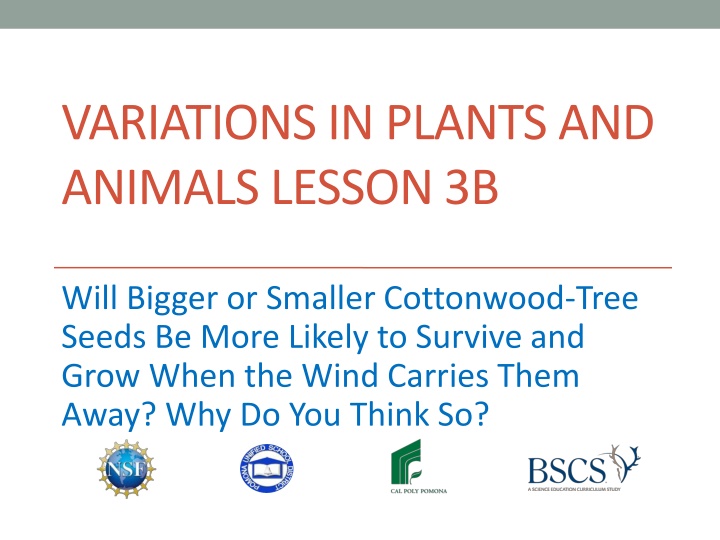


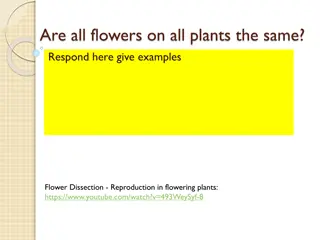
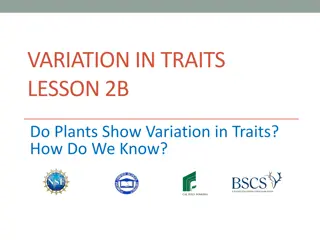

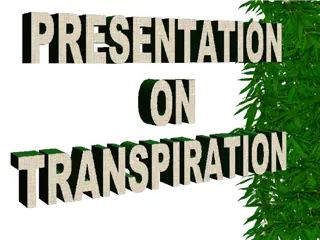

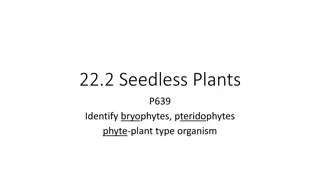


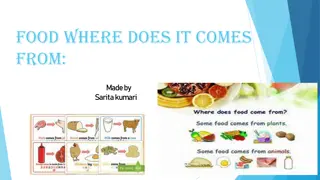
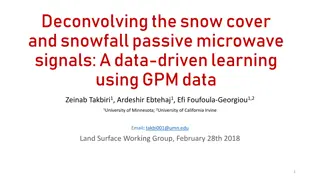
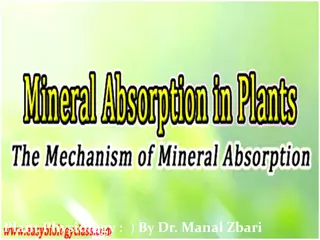
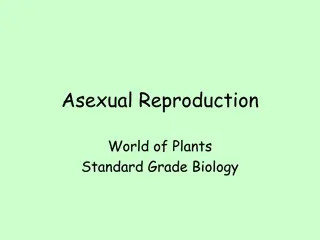
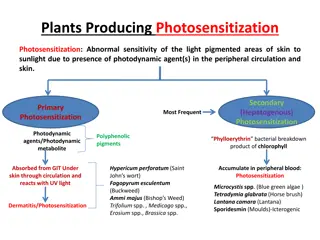
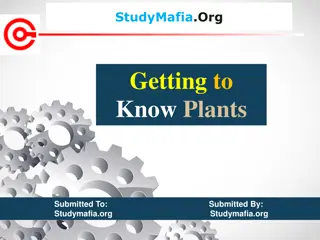
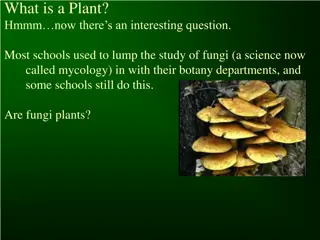

![Importance of Rock v. MWB [2018] UKSC 24 as Explained by Lord Sumption](/thumb/193348/importance-of-rock-v-mwb-2018-uksc-24-as-explained-by-lord-sumption.jpg)
